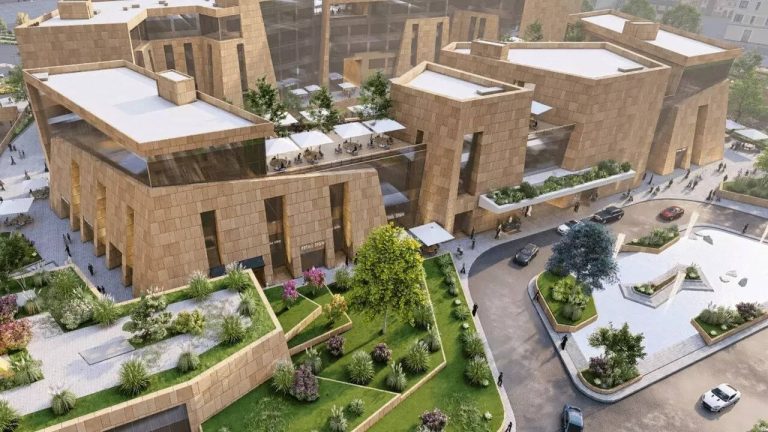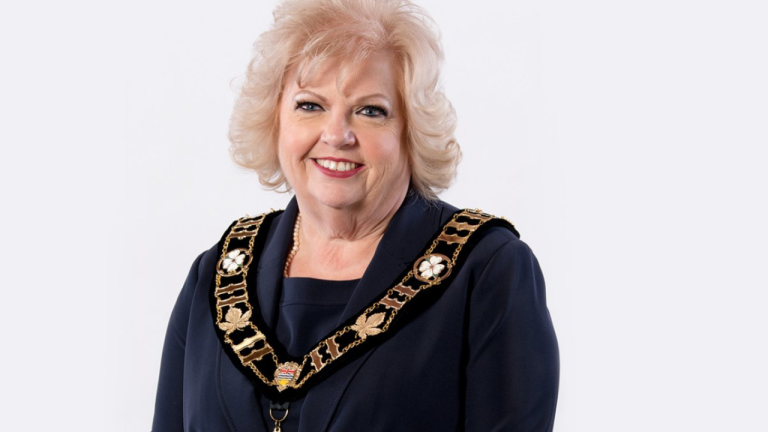Urban Green Spaces: The Future of Outdoor Living in European Cities by 2025
Urban Green Spaces are becoming increasingly important in European cities, and for good reason. As the world becomes more urbanized, cities are looking for ways to provide their citizens with access to nature and green spaces. Urban Green Spaces are not just aesthetically pleasing, but they also provide numerous benefits for both the environment and human health.
Benefits of Urban Green Spaces
Some of the benefits of urban green spaces include:
- Improved air quality
- Reduced noise pollution
- Increased biodiversity
- Improved mental health and wellbeing
- Increased opportunities for physical activity
European Cities Leading the Way
Many European cities are leading the way in terms of urban green spaces. Cities such as Stockholm, Copenhagen, and Amsterdam have all made significant investments in green infrastructure, including parks, gardens, and green roofs. These cities are not only providing their citizens with access to nature, but they are also reducing their carbon footprint and improving their overall sustainability.
The Future of Outdoor Living
As we look to the future, it is clear that urban green spaces will play an increasingly important role in outdoor living. With the rise of urbanization, cities will need to provide their citizens with access to nature and green spaces in order to maintain their quality of life. Urban Green Spaces will not only provide numerous benefits for the environment and human health, but they will also become an essential component of urban planning and design.
Conclusion
In conclusion, urban green spaces are the future of outdoor living in European cities. They provide numerous benefits for both the environment and human health, and they will play an increasingly important role in urban planning and design. As we look to the future, it is clear that Urban Green Spaces will become an essential component of sustainable and livable cities.




